If you’re in the market for a new car, you might wonder what these acronyms are. How does fuel injection work? What is an EGR valve? How do I maintain my fuel injection system? Don’t worry! We will answer all of your questions about the technology that powers your engine.
A fuel injection system is a part of the engine that delivers the right amount of fuel to each cylinder when it needs it. How does this happen? Fuel injectors are valves in your engine that open and close, delivering gas to the cylinders at their exact time. This process takes place in milliseconds, so you can imagine how difficult it must be to calculate these precise measurements! How do they do it? There are two methods: direct injection systems and port injection systems. We will discuss both methods in detail below.
Fuel delivery is the most complicated aspect of the modern car system. In the beginning, fuel is delivered to the engine through the carburetor. This carburetor has a difficult time providing the correct quantity of fuel/air mixture to the engine. Things changed quickly and better when the fuel injection system was introduced.
Today’s modern car uses fuel injectors to deliver the right air/fuel mixture. The function of the fuel injector is to provide the right amount of fuel at the right moment and in a suitable condition. The injector produces fewer emissions which significantly increases fuel mileage.
How The Engine Fuel Delivery Works
The purpose of the car fuel system is to store and supply fuel to the engine. This is done through a series of operations and processes. Firstly, The fuel stored in the tank is drawn by the fuel pump. The fuel travels to different parts and later to the fuel injector, where the fuel is then mixed with air to generate explosions and bring the engine to life. It is essential that fuel delivered to the combustion chamber must be the right quantity.
There are many factors that can influence fuel delivery, such as the fuel supply must be about the same amount of air. The old system (single carburetors) used in old vehicles had to supply specific numbers of cylinders with fuel. This has generated many issues before the fuel injectors’ introduction.
This means that the cylinder closer to the carburetor has a better advantage over the other cylinders, while the farthest cylinder receives a minor fuel supply. This has a massive disadvantage in fuel mileage. With this kind of problem, a more efficient method for fuel delivery has to be designed, and that’s how the fuel injection system was developed.
How the Fuel Pump Transfers Gas
As gasoline reaches your fuel injectors, it must first rise to them. That’s why fuel pumps or pumps are used. Until you start your engine, the petrol in the tank is maintained. A pump then begins sending pressurized fuel through the lines at a high rate.
Today’s gasoline automobiles and trucks generally utilize electrical fuel pumps. Mechanically, the pump is driven by a shaft or camshaft. The faster the engine turned, the faster the pump pumped to meet the engine’s greater fuel demand. Mechanical pumps are still in use on diesel engines.
Electric fuel pumps require electricity and are driven by the ECU. Some are placed inside your gas tank (where the fuel cools them), while others are attached to the vehicle’s frame outside of the tank. This allows for greater precision and efficiency. An internal pump is sometimes used to feed fuel to an external pump, in which case an internal pump is required.
The goal of the fuel pump is to move fuel through the fuel lines and into the engine. Feeding gas to the engine has been done in a variety of ways, but carburetion was among them.
What is a Fuel Injector?
The fuel injector is an integral part of the car that assists in delivering fuel to the engine’s combustion system either directly or indirectly.
Engine Sensors
To provide the precise amount of fuel for every operating condition, the e-engine control unit (ECU) must monitor many input sensors. Here are a few examples:
- Mass airflow sensor – It indicates to the ECU how much air is entering the engine.
- Oxygen sensor – measures the amount of oxygen in the exhaust and sends a signal to the ECU, which interprets it and adjusts the fuel mixture as necessary.
- Throttle position sensor – The throttle valve position is watched (which determines how much air goes into the engine) by the ECU, allowing it to respond quickly to changes, increasing or decreasing the fuel rate as required.
- Coolant temperature sensor – When the ECU determines that the engine has reached its optimum operating temperature, it adds a coolant thermostat to prevent overheating.
- Voltage sensor – The ECU can raise the idle speed if the voltage is dropping since this monitors the system voltage in the car. (This would suggest a high electrical load.)
- Manifold absolute pressure sensor – Monitors the pressure of the air in the intake manifold.
- The amount of air entering the engine is an excellent indicator of how much power it creates and the lower the manifold pressure. This more air goes into the engine, so this measurement measures how much power is created.
- Engine speed sensor – The engine’s RPM is measured and displayed.
There are two main types of control for multi-port systems: The injectors can all open at once, or they may be each open just before the intake valve for their cylinder opens (this is known as sequential multi-port fuel injection).
The benefit of sequential fuel injection is that it allows for a quicker response if the driver makes a quick adjustment. The system only has to wait until the next intake valve opens rather than until the engine completes another revolution.
What Happened to the Carburetor?
The fuel injection system is one of those ideas that cry out for an answer: why didn’t this come about sooner?
The fuel injection system in a modern automobile works as follows: the gasoline is atomized at high pressure, mixed with fresh air as it passes through the intake manifold, and introduced into each cylinder’s combustion chamber.
The term “electronic” is the key component of today’s electronic fuel injection system.
Today’s gasoline engines operate on a computer, oxygen sensor, injectors, fuel pump, and pressure regulators to guarantee that the correct ratio of fuel is supplied to the combustion chamber.
Is the rate of fuel being introduced too fast? The computer adjusts the duration that the injector is open.
Traditional carburetors couldn’t achieve this. If the mixture was incorrect – it was out. This usually resulted in high emissions, low fuel efficiency, misfiring motors, damaged valves, and shorter engine life spans. You now understand why your lawnmower stops running every spring.
If the fuel-air ratio in an injection system is incorrect, the computer adjusts it. The check engine light comes on. What if it’s beyond repair?
Fuel injection systems result in reduced fuel usage, more power, enhanced dependability, and enormous future potential over carburetors.
History and Development
The 1870s – 1920s: early systems
In 1872, George B. Brayton obtained a patent for an internal combustion engine that utilized a pneumatic fuel injection system, which he had invented: the air-blast injection. Rudolf Diesel copied Brayton’s air-blast injection technique for the diesel engine in 1894 but improved it significantly. Most importantly, Diesel increased the air-blast pressure from 4–5 kp/cm2 (390–490 kPa) to 65 kp/cm2 (6,400 kPa).
Johannes Spiel created the first manifold injection system at Hallesche Maschinenfabrik in 1884. In the early 1890s, Herbert Akroyd Stuart invented an indirect fuel injection system that utilized a “jerk pump” to meter out high-pressure fuel oil to an injector. This method was employed on the Akroyd engine and improved by Bosch and Clessie Cummins for diesel engines.
Deutz AG began series production of stationary four-stroke Otto engines with manifold injection in 1898. Eight years later, Grade equipped their two-stroke engines with manifold injection, and both Léon Levavasseur’s Antoinette 8V (the world’s first V8 engine of any sort, patented by Levavasseur in 1902), and Wright aircraft engines were fitted with manifold injection as well. In 1916, Otto Mader created the world’s first petrol direct-injected two-stroke aviation engine.
The Hesselman engine, created by Swedish engineer Jonas Hesselman in 1925, is one of the first uses of direct petrol injection. The stratified charge method is employed; fuel is injected near the end of the compression stroke and then set on fire with a spark plug. They can run on a wide range of fuels.
The invention of the pre-combustion chamber injection by Prosper l’Orange in France helped Diesel engine firms overcome air-blast injection issues and allowed them to create small engines for automobile use from the 1920s onwards. MAN was the first to demonstrate a direct-injected Diesel engine for trucks in 1924.
The 1930s – 1950s: first mass-produced petrol direct injection
In notable World War II aircraft engines such as the Junkers Jumo 210, Daimler-Benz DB 601, BMW 801, and Shvetsov ASh-82FN (M-82FN), petrol direct injection was employed. Bosch’s, Deckel’s, Junkers’, and l’Orange’s diesel injection systems were adapted with direct gasoline injection engines.
The Rolls-Royce Merlin and Wright R-3350 used single-point injection in later models, also known as “Pressure Carburettor.” Mitsubishi had two radial petrol direct fuel injection aircraft engines during World War II: the Mitsubishi Kinsei and the Mitsubishi Kasei.
The first petrol-powered direct injection engine was created by Bosch and debuted on the Goliath GP700 for Goliath in 1952. This was essentially a high-pressure diesel direct-injection pump with a specially lubricated drive regulated by the vacuum behind an intake throttle valve.
The engine in the 1954 Mercedes-Benz W196 Formula 1 racing car was designed by Bosch and featured direct injection from wartime aircraft engines. The 1955 Mercedes-Benz 300SL, the first passenger vehicle with a four-stroke Otto engine incorporating direct injection, followed this racetrack success. Later, the manifold injection was preferred to cheaper manifold Injection for more popular applications of fuel injection.
The 1950s – 1980s: series production manifold injection systems
During the 1950s, several engine manufacturers debuted their manifold injection systems for Otto cycles, including General Motors’ Rochester Products Division, Bosch, and Lucas Industries. Additional manifold injection systems were developed in the 1960s, including the Hilborn, Kugelfischer, and SPICA systems.
The Electrojector, created by Bendix and marketed by AMC in 1957, was the first commercially available electronically controlled manifold injection system. Because of initial difficulties with the Electrojector, only pre-production vehicles had it installed, resulting in only a few automobiles being sold. In cold weather, the Rambler’s EFI mechanism worked well but was difficult to start.
Chrysler developed Electrojector for the 1958 300D, DeSoto Adventurer, Dodge D-500, and Plymouth Fury, arguably the first series-production vehicles to feature an EFI system. Bosch purchased the Electrojector patents and subsequently integrated them into its Bosch D-Jetronic technology. The letter “D” in D-Jetronic represents “druckfühlergesteuert,” which means “controlled by a pressure sensor.” In 1967, the VW 1600TL/E became the first car to employ the D-Jetronic fuel management system. This speed/density setup used engine speed and intake manifold air density to compute air mass flow rate and, thus fuel requirements.
For 1974, Bosch replaced the D-Jetronic technology with K-Jetronic and L-Jetronic systems, but certain models (such as the Volvo 164) kept on using D-Jetronic for some time. The L-Jetronic uses a mechanical airflow meter (L for Luft, German for “air”), which generates a signal proportional to the volume flow rate. To calculate the mass flow rate, additional sensors were required in this method. After that, L- Jetronic was widely used throughout Europe; however, Japanese cars soon utilized it.
The 1979 – 1990s
In 1979, the Bosch Motronic was launched as the first digital engine management system (engine control unit). In 1980, Motorola (now NXP Semiconductors) introduced its digital ECU EEC-III. [40] A single-point injection system is used in the EEC-III.
Throughout the 1970s and 1980s, a manifold injection was gradually phased in, with the German, French, and US markets leading and the UK and Commonwealth markets lagging. Since the early 1990s, almost all gasoline passenger vehicles sold in first-world countries have been equipped with electronic manifold injection.
In developing countries, the carburetor is still used in automobiles that do not have emissions controls, and there is a lack of diagnostic and repair infrastructure. In these nations, fuel injection systems are also being replaced by carburetors as they move towards emission rules that are logically comparable to those in place in Europe, Japan, Australia, and North America.
The 1990+
In 1995, Mitsubishi first developed a common-rail petrol direct injection system for passenger cars. It was first used in 1997. Following this, diesel common-rail direct injection was introduced to the automobile market, with the Fiat 1.9 JTD being the first mass-market engine. Several car producers attempted to implement stratified charge principles into their direct-injection petrol engines in the early 2000s in order to lower fuel consumption.
On the other hand, diesel cars only improved their performance and fuel economy to a small extent. To be more precise, the improvements were minimal and did not justify the increased complexity of exhaust gas treatment systems. As a result, almost all automobile manufacturers have switched to a conventional homogeneous mixture in direct-injected petrol engines since the mid-2010s. Some car manufacturers continue using a manifold injection in certain economy vehicles and high-performance models up until the early 2020s.
Automobile manufacturers have used Common-rail direct injection since 1997. Volkswagen was the only company to employ the Pumpe-Düse system throughout the early 2000s. However, they have also utilized common-rail direct injection since 2010.
How Does Fuel Injection Work?
The fuel injector is an electronically controlled valve that includes some sensing mechanism that determines and controls the amount of fuel that must enter the cylinder for combustion. The injector can open and close to deliver the right amount of fuel.
To deliver the right amount of fuel, the engine control system is equipped with a lot of sensors. Two types of fuel injection systems are commonly used in today’s modern cars.
Indirect Injection
Most modern cars come with an indirect injection system. A particular pump sends pressurized fuel from the tank to the engine bay, distributed individually to each cylinder. The fuel is injected into the inlet port or inlet manifold, depending on the engine system. The air mixes with the fuel passing through the inlet port/manifold and then enters the chamber. Some cars are designed with more than two injectors where their injector feeds each cylinder.
Direct Injection
The direct injection fuel system is the most common and efficient of supplying fuel to the engine. Though this system is more common in diesel engines, direct injection injects fuel directly into the combustion chambers. They are now used in gasoline engines. Also known as direct injection gasoline (DIG), the science behind this system is simple. The system ignites when atomized fuel is injected into the combustion chamber.
Categories of Fuel Injection
We can sort them into two categories: Electronic Fuel Injection and Mechanical Fuel Injection.
Electronic Fuel Injection (EFI)
The electronic injection system is an automated system controlled by the microprocessor control unit, also known as an electronic control unit (ECU), which is a mini-computer. The sensors installed on the engine supplies this mini-computer with all the information required, such as temperature in the air intake, air pressure, engine speed, and accelerator position.
All the information is supplied to assist the system in providing the exact amount of fuel needed. The sensor signal the off/on valve to open and close the inlet port. All this process happens in a matter of seconds. The electronic system operates at a lower pressure compared to the mechanical system.
Air intake pressure, engine temperature, engine speed, and the accelerator’s position are all monitored by sensors. The ECU is informed about all of these things in real-time via several connections.
Mechanical Fuel Injection
The method for injecting fuel here is somewhat similar to the carburetors employed in the past, as many people still mix it up with carburetted engines. While carburetted systems draw low-pressure fuel from the tank, these mechanical fuel injector systems pump high-pressure fuel from the tank, which is how mechanical fuel injectors work on a basic level.
The mechanical fuel injection system works in a straightforward pattern. Fuel is supplied from the tank at high pressure to a fuel accumulator. From there, the fuel goes through the fuel distributor, which provides each injector from where it is fired into the inlet port.
The flap valve controls the airflow as a result of the response from the accelerator pedal. As the airflow increases, fuel distribution increases to the injectors to balance the air/fuel mixture. Many automotive manufacturers used mechanical fuel injection on sports cars and sports saloons. All this process happens in a matter of seconds.
Fuel injection of the future
The advantages of direct fuel injection are numerous, but one of the most significant is its precision. Fuel injection has increased in sophistication, offering improved efficiency and safety. Engines have more horsepower each year, with less waste for each horsepower produced.
Diesel Fuel Injection
The petrol injection system in gasoline-powered vehicles is always indirect, with petrol being injected into the inlet manifold or inlet port rather than straight into the combustion chambers. This ensures that the fuel is appropriately combined with the air before it enters the chamber.
Direct injection is another approach for diesel engines to inject the fuel directly into an already compressed air-filled cylinder. In this direct injection type, the diesel fuel is injected into a specially formed pre-combustion chamber with a tiny passageway leading from it to the cylinder head.
The cylinder draws in only air. Because it is heated by compression, atomized fuel is injected at the end of the compression stroke and self-ignites.
Maintaining the Fuel Injector
Maintaining your fuel injection system is one of the critical ways of achieving better fuel performance and a longer life for your engine. If the car owner neglect servicing and maintaining the engine, such as changing the oil and replacing the filter, there are chances that the injectors will suffer it.
There are several methods of cleaning and maintaining your fuel injection system. Cleaners can be used to remove contaminants from the system by pouring additives directly into the fuel tank. The additives flow through the system, eventually reaching the injectors to remove impurities.
Signs the Fuel Injection System Is Failing
Several reasons your car’s fuel injection system may not be working properly. You could notice that the vehicle has difficulties starting and accelerating. The end result is generally the same: insufficient gasoline reaching the cylinders. This can reduce engine power and efficiency. Stalling and fires are conceivable outcomes of inefficient combustion caused by defective fuel injection. After operating your vehicle, you may detect a strong gasoline odor in the engine compartment due to inefficient combustion induced by faulty fuel injection.
What Causes the Fuel Injection System to Go Bad?
When the engine’s fuel injectors begin to fail, it’s usually because of some defect with them. They can develop electrical issues or, far more frequently, get clogged. The injector may be prevented from opening and closing correctly due to an electrical problem. A blockage will prevent the fuel injector from accurately dispensing fuel.
Clogs can be caused by foreign objects in the gasoline, which might indicate a problem with the fuel system as a whole. The fuel filter, usually located in the tank or along the fuel line, is most likely to blame and should be replaced if you’re replacing a fuel injector.
You could hire a local garage to test the fuel injectors in your car. It’s feasible to calculate the pressure output of each injector with this equipment. Any injector that is too far from the correct pressure for your vehicle will need to be replaced. Because fuel injectors usually deteriorate over time, you might replace them all at once as a group.
Conclusion
The invention of the fuel injector has made the issue of supplying precisely the correct quantity of fuel for combustion a snap. They’ve also aided in the advancement of efficiency, enhanced transient throttle response, and aided a lot during cold starting because they enable extra fuel to flow for a brief period of time that could not be done with carburetted engines.
The function of an injector is to supply atomized fuel so that it burns wholly and uniformly. You might believe that the process is simple, but it is sophisticated to make all the processes work seamlessly. Your injectors supply fuel directly or indirectly to the engine, where it can be combusted. There are a lot of steps in getting the fuel to that point, and that has brought fuel injection technology.
The gas pedal is linked to the throttle valve, which regulates how much air enters your engine. As a result, a gas pedal is really just a form of air pedaling.
The throttle valve opens wider when you step on the gas, allowing in more air. As a result of seeing the throttle valve open, the engine control unit (ECU, which controls all of the electronic components in your engine) raises the fuel rate in anticipation of additional air entering the engine.
It’s critical to boost the fuel flow as soon as the throttle valve opens; otherwise, when the gas pedal is first pushed, there might be hesitation because some air reaches the cylinders without enough gasoline.
The mass of air entering the engine and the amount of oxygen in the exhaust are both measured by sensors. The ECU corrects this data to fine-tune the fuel supply, ensuring that the air-to-fuel ratio is correct.


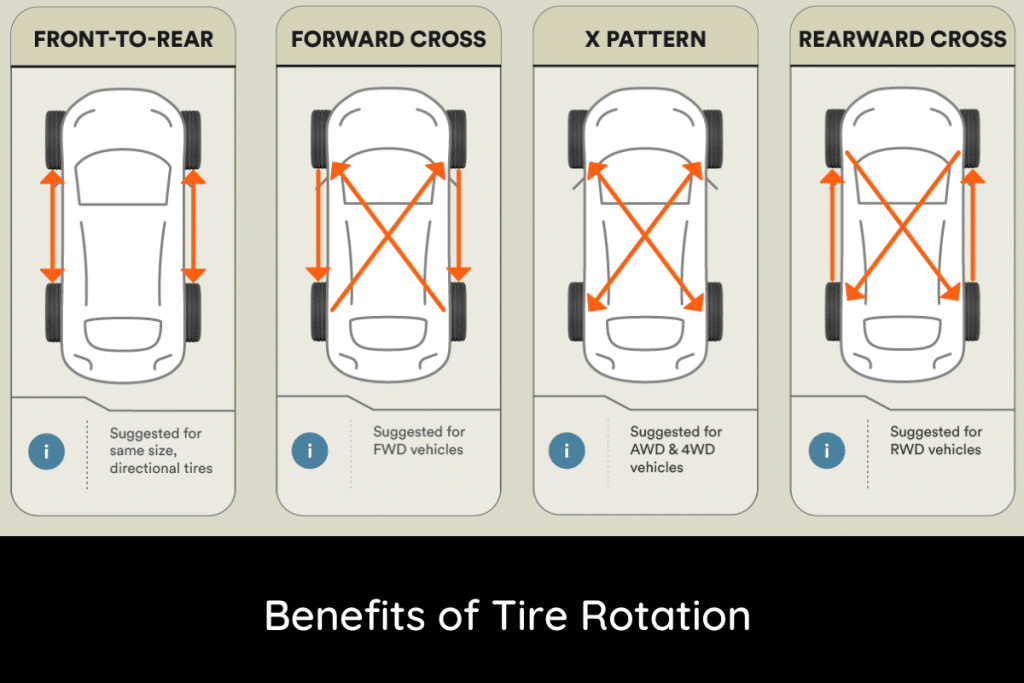
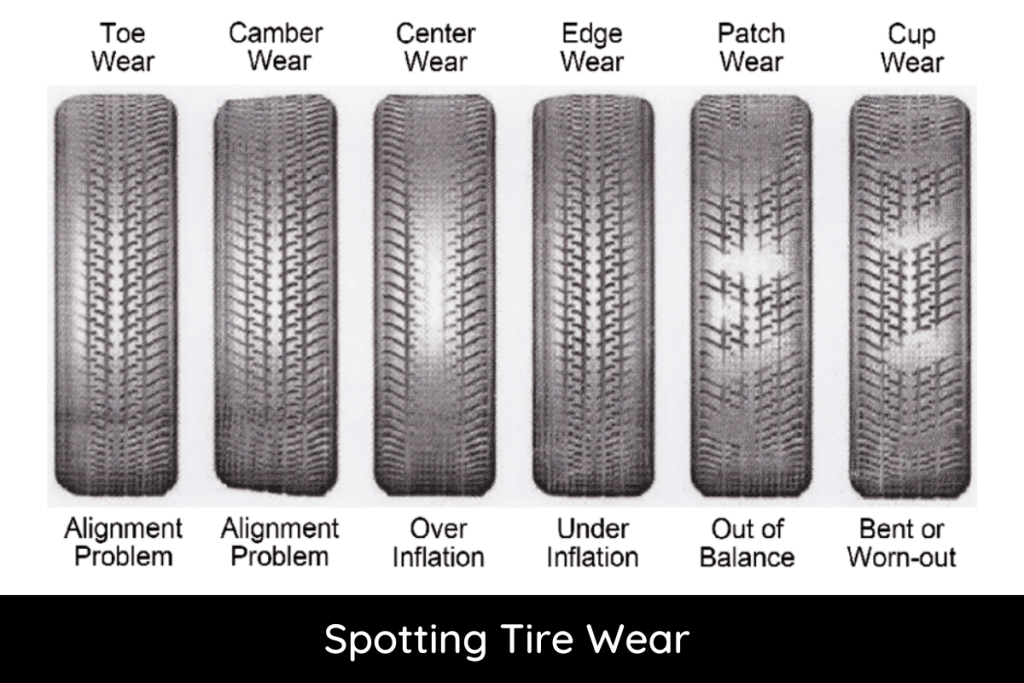
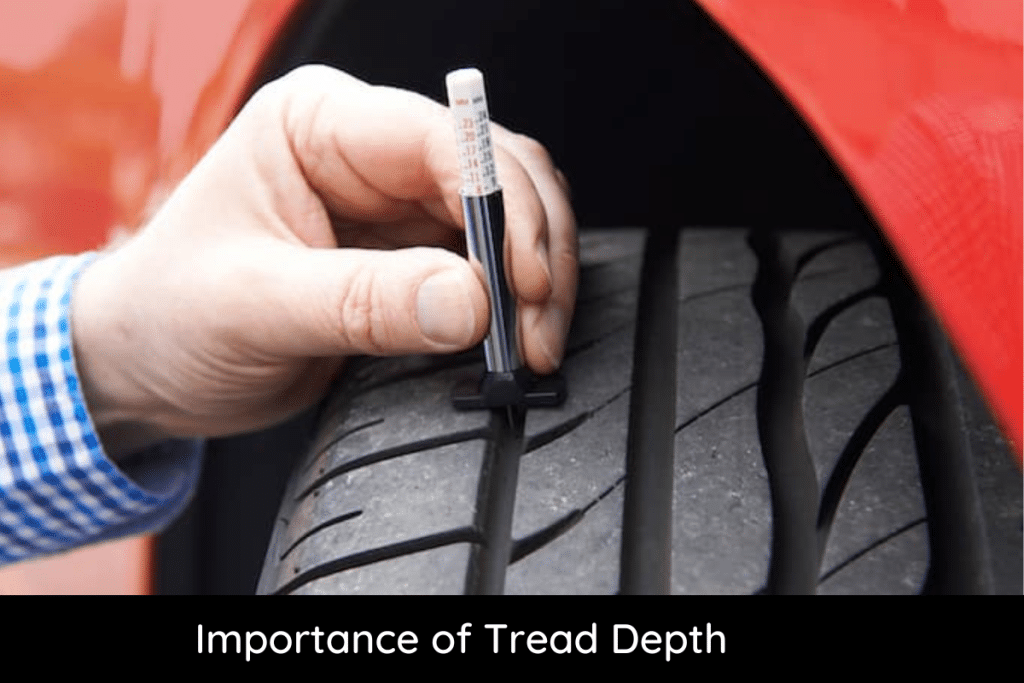
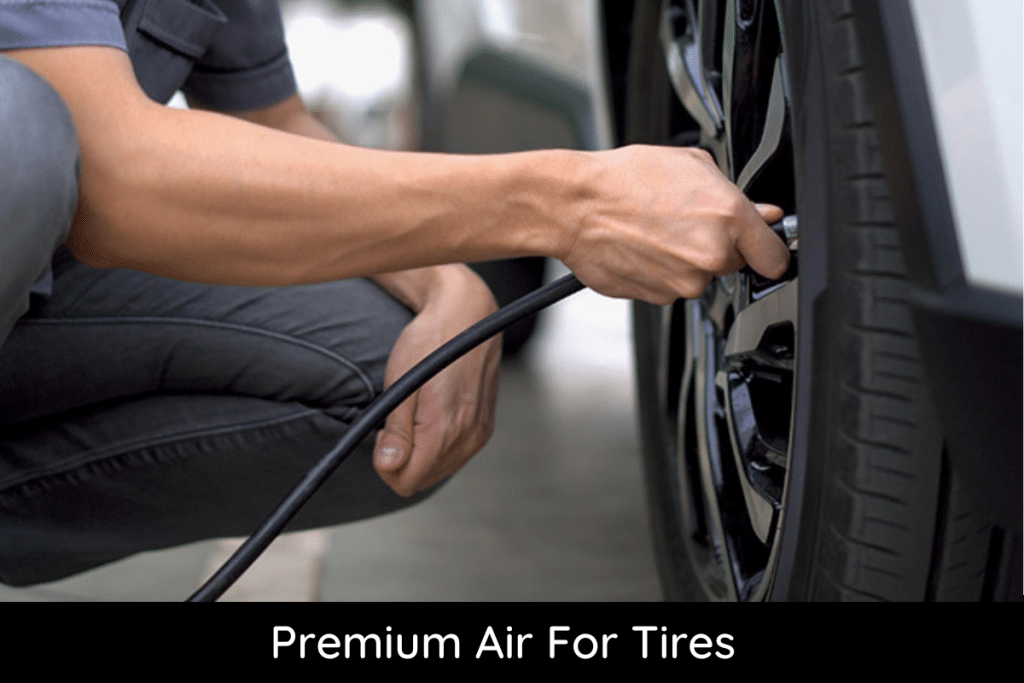

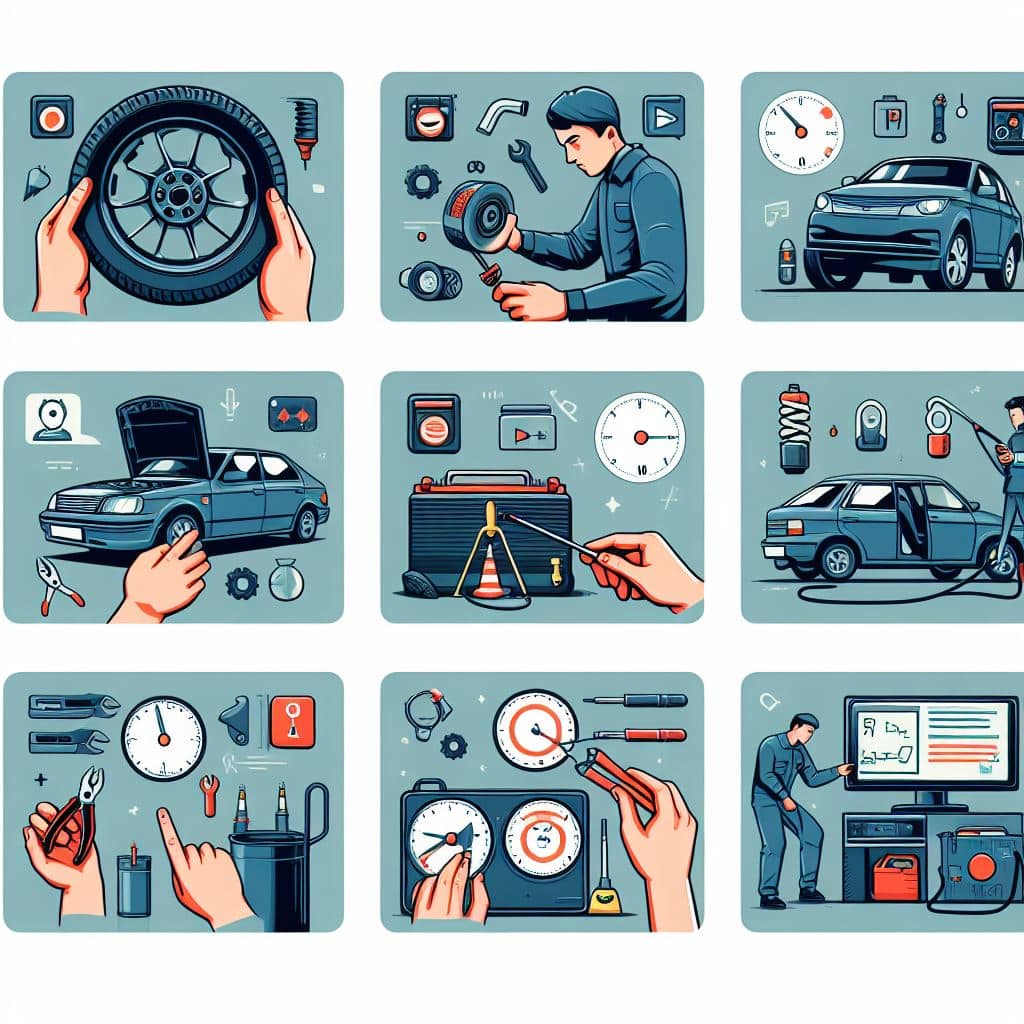
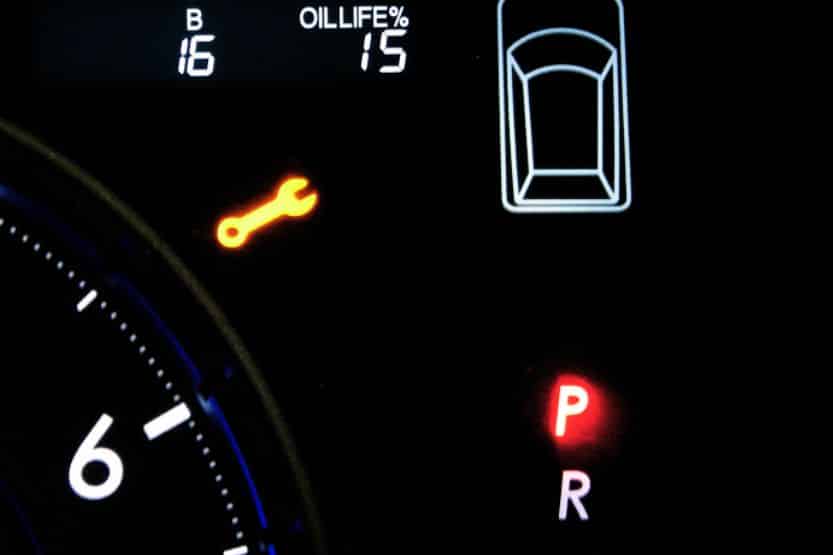


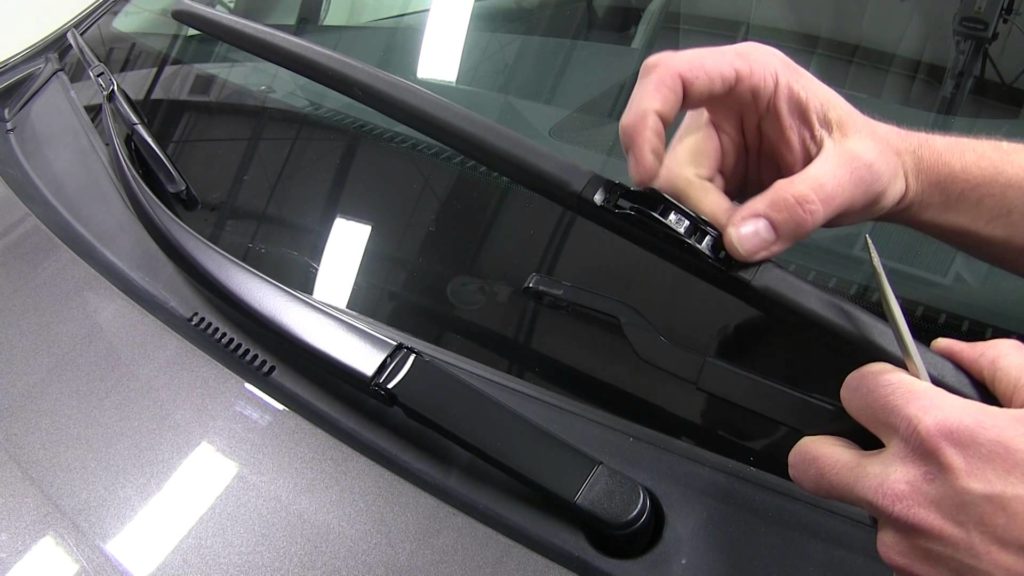
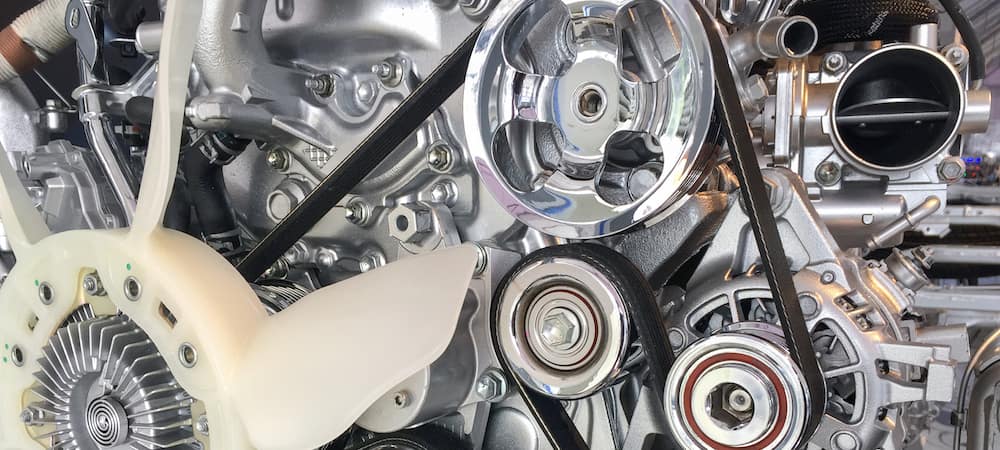
Sustain the good job and delivering in the group!